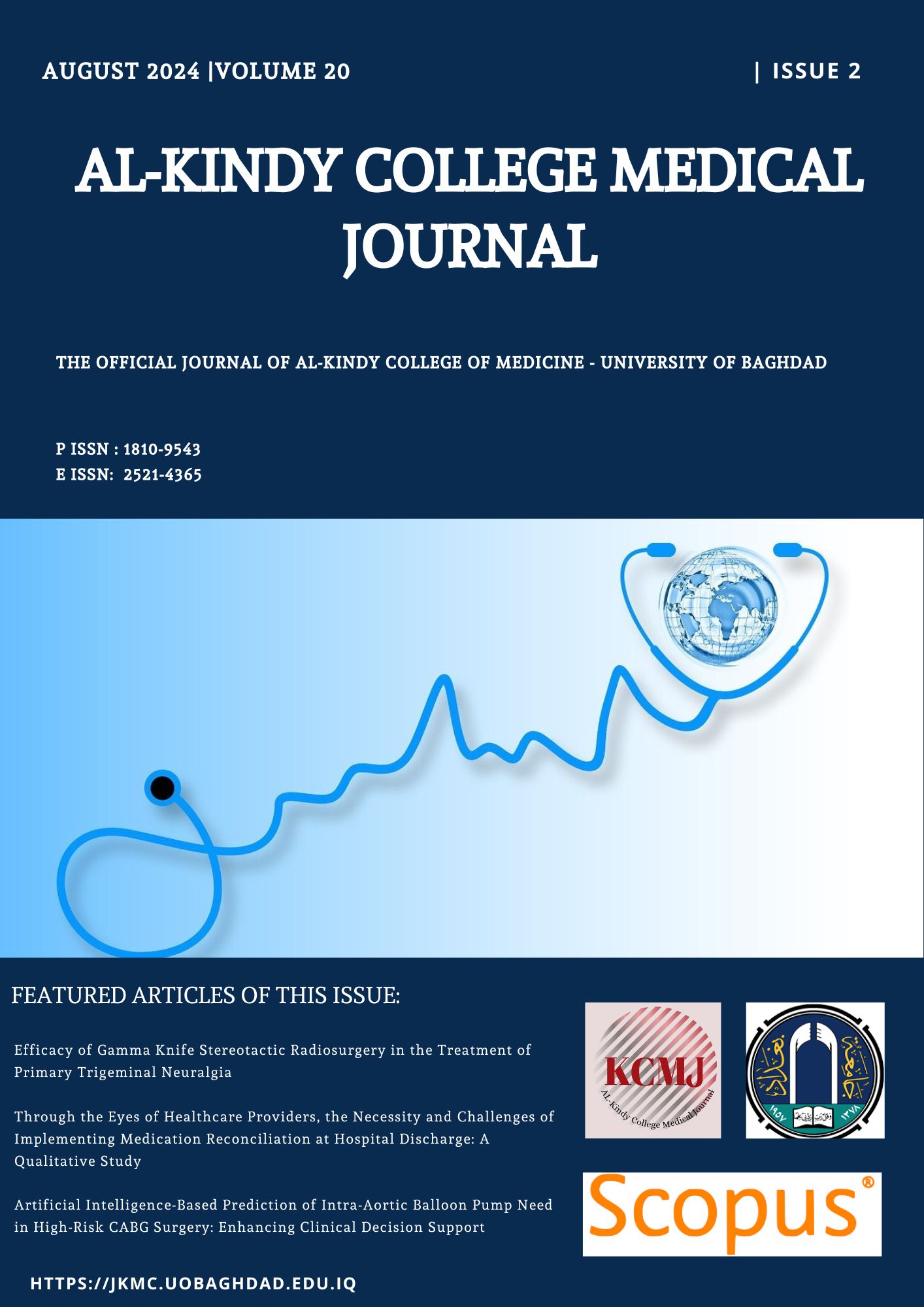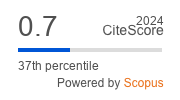Role of Preoperative Arterial Blood Gas Analysis in American Society of Anesthesiologists Grade III and IV Patients in a Tertiary Care Hospital
DOI:
https://doi.org/10.47723/t46gkh16Keywords:
Arterial blood gas, Ventilation, ASA-grade III and IVAbstract
Background: The American Society of Anesthesiologists (ASA) physical status classification system was created to give doctors an easy way to categorize a patient's physiological status to forecast their risk for surgery. The study aimed to assess whether preoperative arterial blood gas analysis (ABG) in these patients affects the postoperative ventilation status regarding the number of patients intubated, needing oxygen support, or on room air.
Subjects and Methods: This prospective observational study was conducted on 100 patients over one year of ASA-Grade III & IV. An arterial blood sample was drawn under all aseptic precautions. An ABG analyzer was used to evaluate blood gas parameters. The quantitative variables were expressed as mean and standard deviation. All quantitative variables were analyzed using the independent students test, and categorical variables were analyzed using the chi-square test.
Results: Parameters evaluated were patients' postoperative ventilation status, a comparison of preoperative and postoperative ventilation status, an association of preoperative PH, PaO2, PCO2, bicarbonate, and lactate with postoperative ventilation status, the percentage of patients with serum electrolyte abnormalities, the preoperative mean blood glucose level, and the postoperative ventilation status of the patients. It was statistically significant (P=0.002) that the patients on acidosis before surgery were already intubated. Most preoperative acidotic patients needed postoperative mechanical ventilator support, which is statistically significant with P=o.oo8.
Conclusions: Our study observed a statistically significant association of preoperative PH, lactate, and blood glucose in ABG with patients requiring mechanical ventilation postoperatively. Higher preoperative mean blood glucose levels were associated with more intubated patients postoperatively.
Downloads
Published
Issue
Section
License
Copyright (c) 2024 AL-Kindy College Medical Journal

This work is licensed under a Creative Commons Attribution 4.0 International License.














